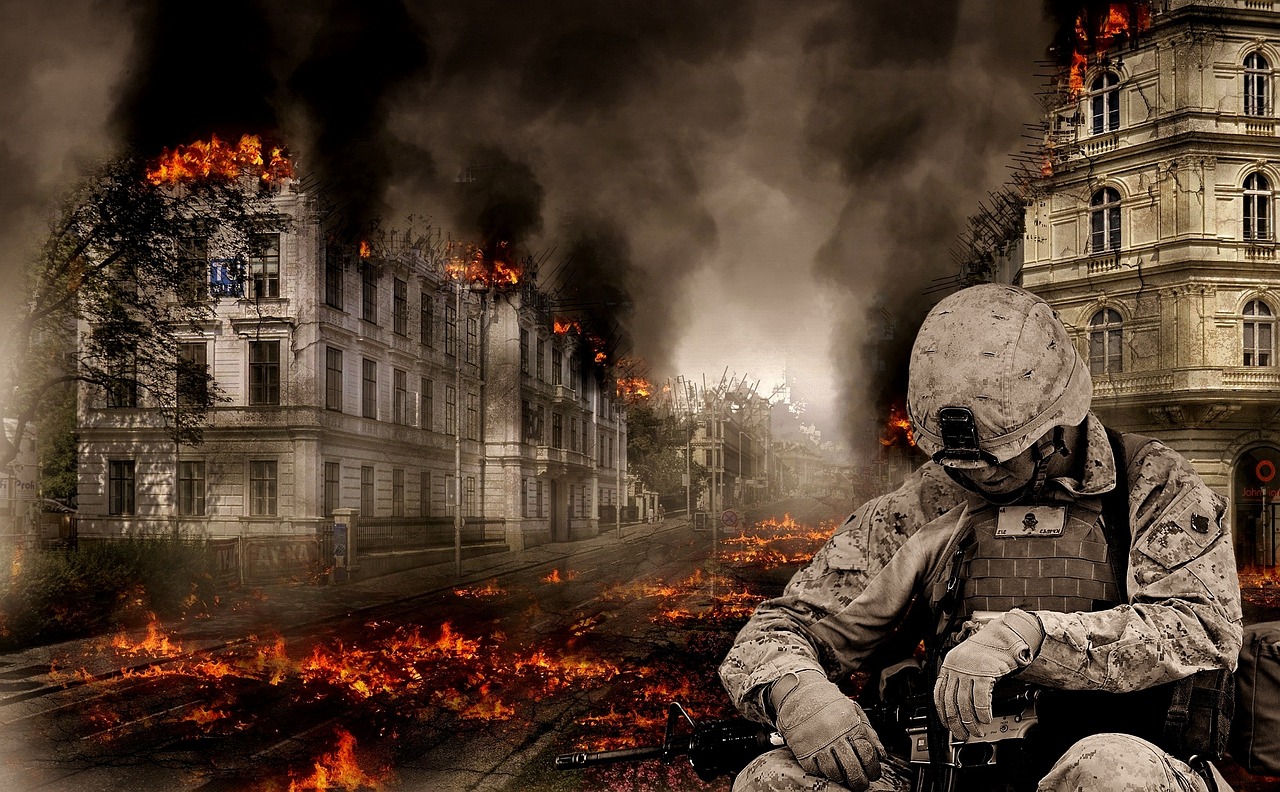Table of Contents
The Ottoman–Habsburg Wars, which lasted from 1526 to 1791, are one of the longest and most significant military conflicts in European and Middle Eastern history. This long-standing struggle between the Ottoman Empire and the Habsburg Monarchy was fueled by a mix of territorial opportunism, religious animosity, and competition for dominance in Central Europe and the Mediterranean.
Background: The Rise of Two Powers
By the early 16th century, the Ottoman Empire had become a powerful force, ruling most of Southeastern Europe, Western Asia, and North Africa. In the meantime, the Habsburgs controlled the Holy Roman Empire and the Spanish Empire and so became a force to be reckoned with. The rivalry between these two empires intensified after the Battle of Mohács (1526), when the Ottomans heavily defeated the Kingdom of Hungary, leaving a power vacuum that was eagerly filled by both empires.
Major Phases of the Conflict
The Ottoman–Habsburg Wars are not a single war, continuous in time but a collection of military conflicts extending over more than two and a half centuries. The major stages are:
1. Early Campaigns and the Siege of Vienna (1526–1568)
Battle of Mohács (1526): King Louis II of Hungary’s death resulted in a partition of Hungarian land—Royal Hungary under the Habsburgs and central Hungary under Ottoman rule.
Siege of Vienna (1529): Sultan Suleiman the Magnificent tried to capture the Habsburg capital, but the siege was unsuccessful, representing the extent of Ottoman advances into Central Europe.
Little War in Hungary: A succession of campaigns between the 1540s and the 1550s experienced ongoing fighting in Hungary, as each side contested dominance.
2. The Long Turkish War (1593–1606)
Also referred to as the Thirteen Years’ War, this period witnessed protracted combat in Hungary and Croatia. In spite of high losses and economic burden on both empires, the war inconclusively finished with the Peace of Zsitvatorok, the first time that the Habsburg emperor was acknowledged as equal to the Ottoman sultan.
3. The Great Turkish War (1683–1699)
Second Siege of Vienna (1683): One of the most well-known battles, in which a coalition under King Jan III Sobieski of Poland drove back the Ottoman forces. This turned the tide in the Habsburgs’ favor.
Battle of Zenta (1697): A crushing victory for the Habsburgs under Prince Eugene of Savoy.
Treaty of Karlowitz (1699): Brought an end to the war and saw heavy territorial losses for the Ottomans, including the loss of Hungary, Transylvania, and areas of Croatia and Slovenia.
4. Final Phase and Treaty of Sistova (1716–1791)
- A series of little wars and battles continued through the 18th century.
- Territorial conquest and loss occurred as a result of the Treaty of Passarowitz (1718) and the Treaty of Belgrade (1739).
- The Austro-Turkish War (1787–1791) ended with the Treaty of Sistova, formally ending tensions between the empires.
Religious and Cultural Dimensions
The wars were not merely geopolitical but also strongly in terms of religion. The Habsburgs, who were strong advocates of Roman Catholicism, perceived the war as part of a grand Christian resistance against Islamic encroachment. The Ottomans, on the other hand, perceived themselves as guardians of Islam. This religious orientation amplified both sides’ ideological passion and shaped the rhetorical language of European politics for centuries.
Impact and Legacy
- Border Redefinition: The final Habsburg triumph signaled the gradual weakening of Ottoman power in Europe and the rise of the Habsburgs as masters of Central and Eastern Europe.
- Military Evolution: The wars also stimulated military development, such as advances in siege warfare and the deployment of professional standing armies.
- Cultural Exchange: In spite of the bloodshed, the extended contact also resulted in cultural and architectural transfers, particularly along border areas such as Hungary and the Balkans.
- End of Expansion: The Treaty of Sistova essentially brought an end to the Ottoman threat against Central Europe, and the two empires would no longer be so engaged in conflict.
Conclusion
The Ottoman–Habsburg Wars were more than a succession of battles; they were a formative struggle between two empires that embodied different worlds. The wars redrew the political map of Europe, reshaped global trade patterns, and had a lasting impact on the histories of Eastern Europe and the Middle East. Understanding this conflict yields important insights into the dynamics of empire, religion, and power that characterized the early modern world.

